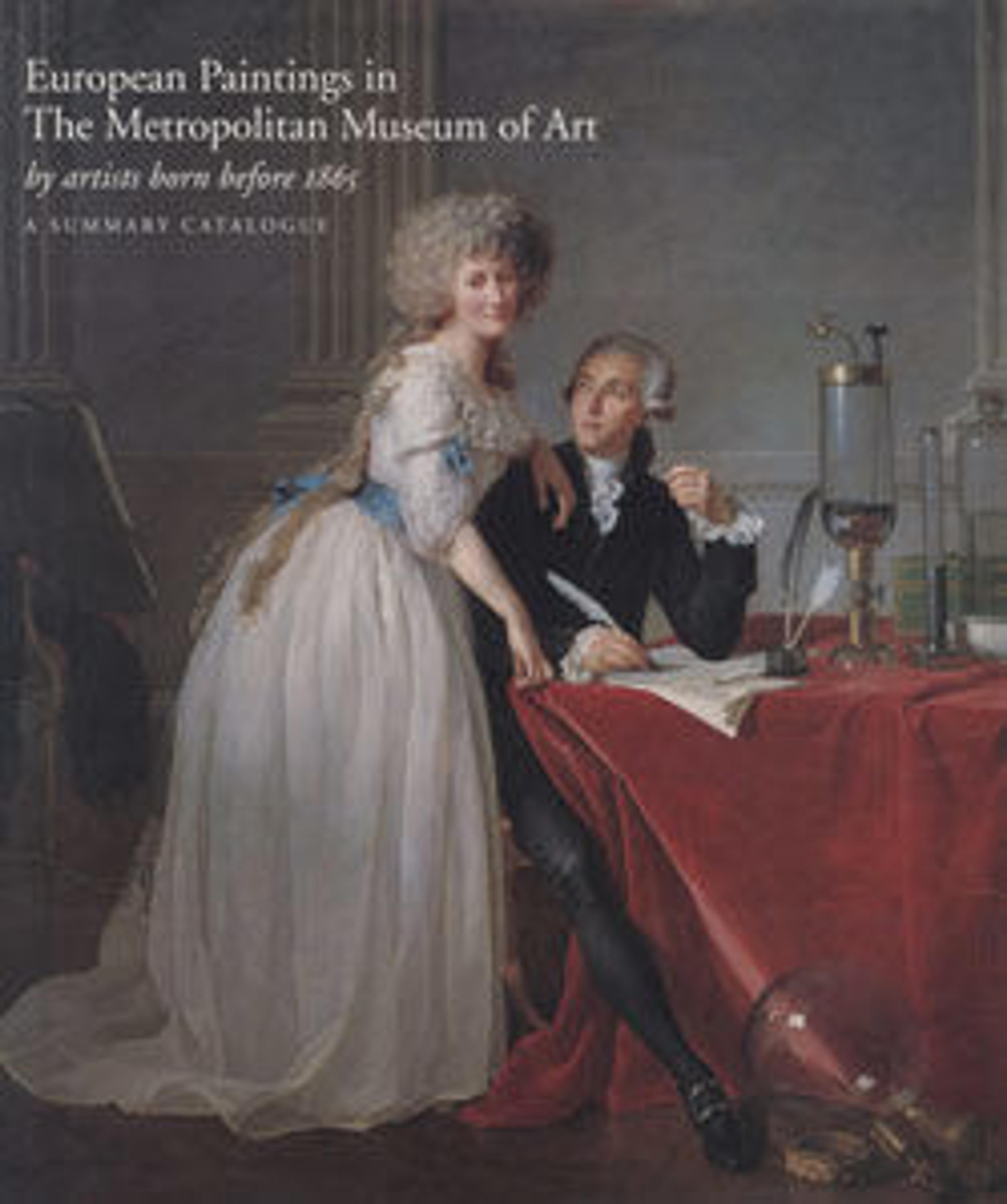Road in the Woods
In this animated scene of a simple dirt track, the eye is led simultaneously upward to the left and downward to the right. Troyon adopted this dual perspective from seventeenth-century Dutch landscape painting, which vanguard French artists of his generation studied for naturalistic alternatives to more formal, Italianate models favored by the state-sponsored Académie des Beaux-Arts. Troyon depicted the penetration of brilliant sunlight through the tree canopy with palpitating brushwork that was rarely equaled in the mid-1840s, when this work was probably painted.
Artwork Details
- Title: Road in the Woods
- Artist: Constant Troyon (French, Sèvres 1810–1865 Paris)
- Date: mid-1840s
- Medium: Oil on canvas
- Dimensions: 22 7/8 x 19 in. (58.1 x 48.3 cm)
- Classification: Paintings
- Credit Line: Bequest of Collis P. Huntington, 1900
- Object Number: 25.110.19
- Curatorial Department: European Paintings
More Artwork
Research Resources
The Met provides unparalleled resources for research and welcomes an international community of students and scholars. The Met's Open Access API is where creators and researchers can connect to the The Met collection. Open Access data and public domain images are available for unrestricted commercial and noncommercial use without permission or fee.
To request images under copyright and other restrictions, please use this Image Request form.
Feedback
We continue to research and examine historical and cultural context for objects in The Met collection. If you have comments or questions about this object record, please contact us using the form below. The Museum looks forward to receiving your comments.
